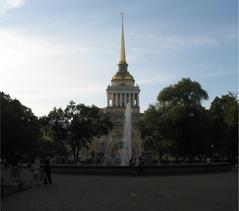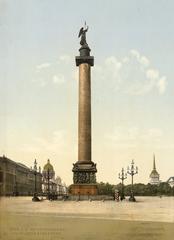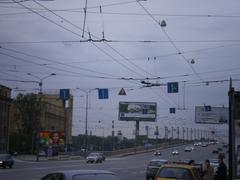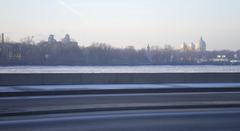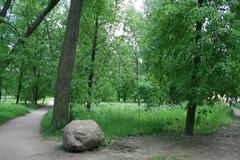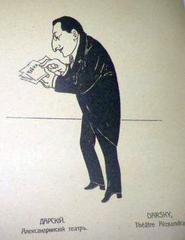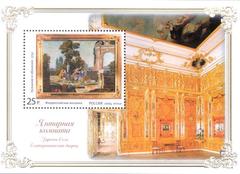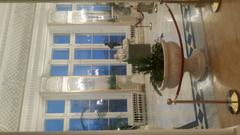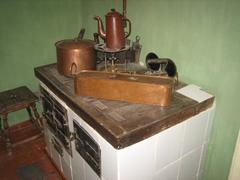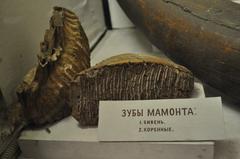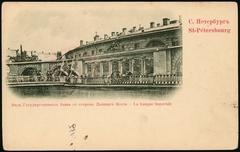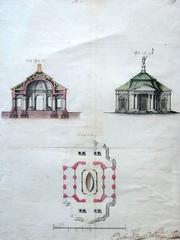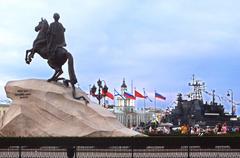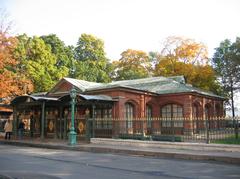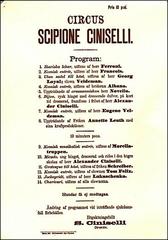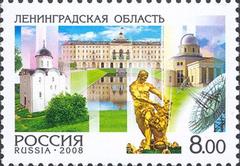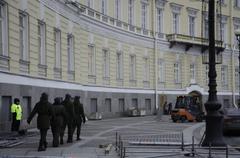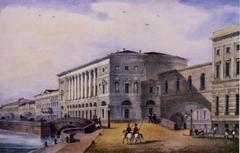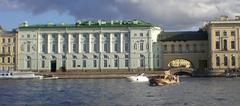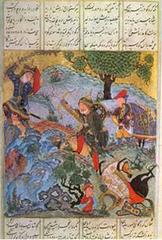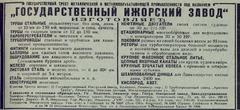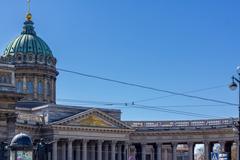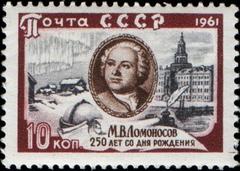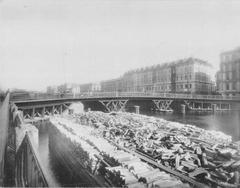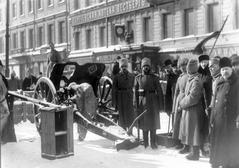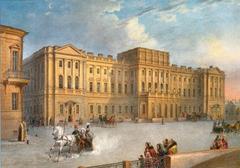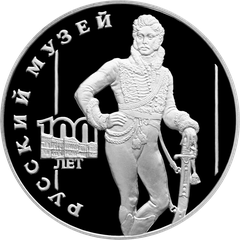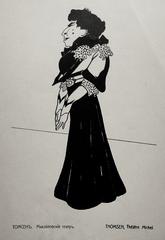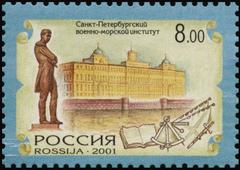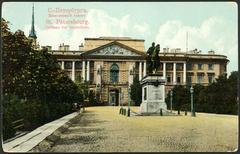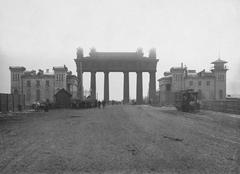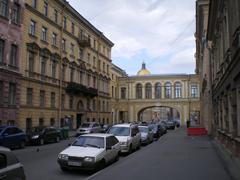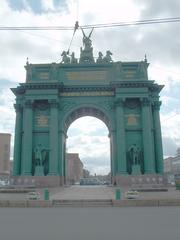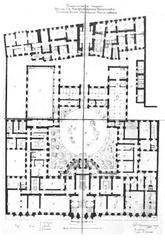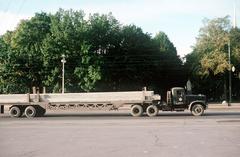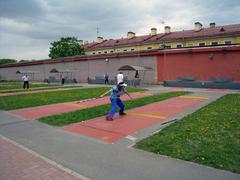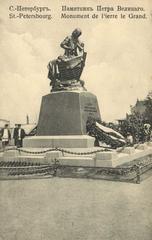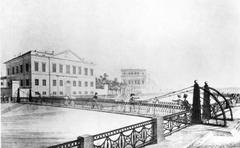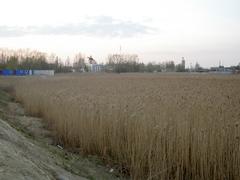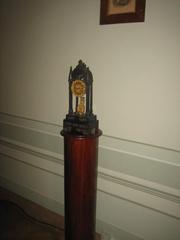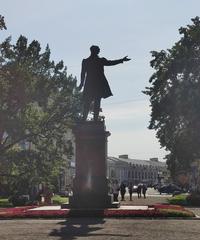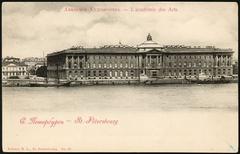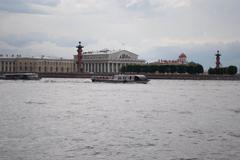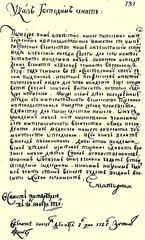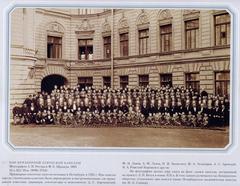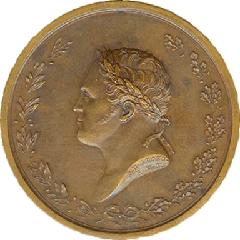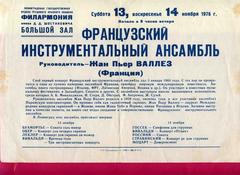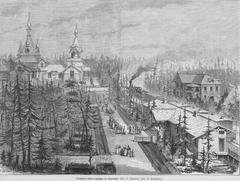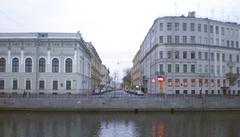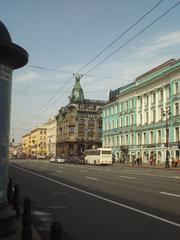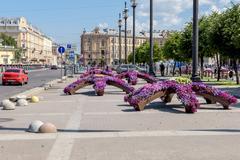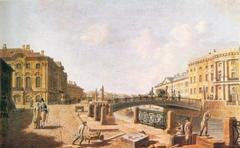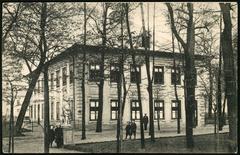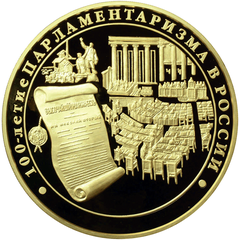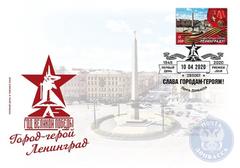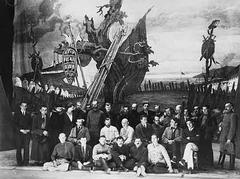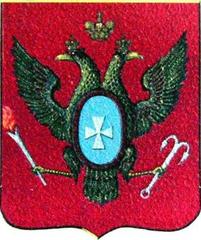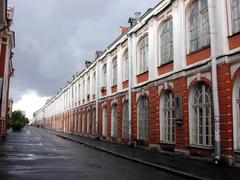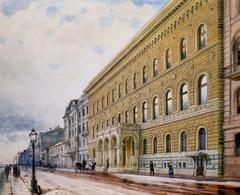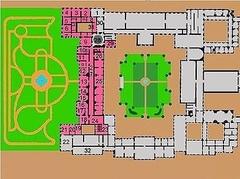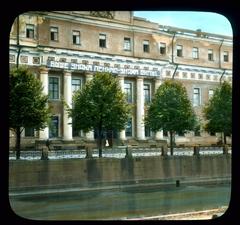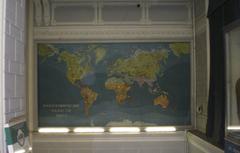
Labour Square Visiting Hours, Tickets, and Comprehensive Guide to Saint Petersburg’s Historical Sites
Date: 04/07/2025
Introduction to Labour Square in Saint Petersburg
Labour Square (Ploshchad Truda) is a distinguished landmark in central Saint Petersburg, encapsulating the city’s multifaceted history, architectural diversity, and vibrant civic life. Located on the southern bank of the Neva River, near the Admiralty and Saint Isaac’s Cathedral, it forms a core part of the city’s imperial heart, envisioned by Peter the Great as Russia’s “window to Europe” (Mapping Petersburg). Once a marshland transformed by the labor of thousands, the square’s name pays homage to the workers who played pivotal roles in the city’s industrial and revolutionary past (World City History).
Labour Square’s architecture is a living record of the city’s evolution—melding neoclassical, baroque, and Soviet-era designs (archtene.com; saint-petersburg.com). The square’s proximity to major attractions, its layered historical significance, and its tranquil ambiance make it an essential destination for travelers and history enthusiasts.
This guide delivers practical details on visiting Labour Square, including hours, accessibility, nearby sites, and expert tips to help you make the most of your Saint Petersburg visit.
Table of Contents
- Early Urban Development and Historical Context
- Architectural Evolution and Notable Structures
- Revolutionary and Soviet Era Significance
- Urban Identity and Cultural Resonance
- Visiting Labour Square: Hours, Tickets, and Accessibility
- Guided Tours and Special Events
- Nearby Attractions and Activities
- Photography Tips and Recommended Spots
- Visitor Experience and Practical Tips
- Frequently Asked Questions (FAQ)
- Key Historical Milestones
- Visuals and Media Suggestions
- Plan Your Visit
Early Urban Development and Historical Context
Labour Square’s origins trace back to the early 18th century as Saint Petersburg transformed from marshland into an imperial capital under Peter the Great (Mapping Petersburg). Initially part of the shipbuilding quarter, the square’s area was shaped by Pyotr Yeropkin’s 1737 master plan, which established its proximity to the Admiralty and the Neva embankment. The square later emerged as a nexus for civic and administrative life, reflecting the city’s rapid urban growth and modernization.
The square’s name, “Labour,” was formally adopted during the Soviet era, symbolizing the valorization of the working class and the city’s deep connection to industrialization and revolutionary movements (World City History).
Architectural Evolution and Notable Structures
Labour Square reflects Saint Petersburg’s architectural journey from imperial opulence to Soviet functionalism. The square is surrounded by a harmonious ensemble of neoclassical and late 19th-century buildings, including:
- Ministry of Justice Building: A grand neoclassical edifice distinguished by monumental columns.
- House of Unions (Dom Soyuzov): Originally a noble assembly hall, later a Soviet institution, blending neoclassical and eclectic features.
- House of the Ministry of the Navy: Symbolizing the city’s maritime legacy.
- Residential and Administrative Blocks: Showcasing late tsarist and early Soviet architectural details.
Sightlines from the square frame the golden spire of the Admiralty and the Neva embankment, enhancing its visual impact (archtene.com; saint-petersburg.com).
Revolutionary and Soviet Era Significance
Labour Square played a formative role in Saint Petersburg’s revolutionary history. Its proximity to factories and administrative centers made it a gathering point for demonstrations, especially during the 1905 Revolution and the 1917 Bolshevik uprising. The square’s history is closely linked to events such as Bloody Sunday, when peaceful protestors seeking reform were met with violence (Britannica; Encyclopedia.com).
During the Soviet period, Labour Square was renamed and repurposed for state parades, May Day celebrations, and official gatherings, with monuments and plaques commemorating revolutionary leaders and historical milestones (HSE Cultural Tourism; World City History).
Urban Identity and Cultural Resonance
Labour Square captures the essence of Saint Petersburg as a crossroads of tradition and progress, East and West (Facts and Details). It stands as a living monument to the city’s resilience, unity, and social justice values, regularly hosting public events, concerts, and civic celebrations (TravelTriangle; russiable.com).
Visiting Labour Square: Hours, Tickets, and Accessibility
Visiting Hours:
Labour Square is open to the public 24 hours a day, year-round. There are no gates or restricted hours.
Tickets:
Access to the square is free. Some adjacent buildings or special exhibitions may require tickets; check individual sites for details.
Accessibility:
The square is pedestrian-friendly and wheelchair accessible, with wide sidewalks and ramps. Metro stations such as Admiralteyskaya and Sadovaya are within 10–15 minutes’ walk, and several bus and tram lines serve the area.
Travel Tips:
- Visit during early morning or late afternoon for the best lighting and fewer crowds.
- The “White Nights” period (late June–early July) offers magical extended daylight for sightseeing and photography (saint-petersburg.com).
- Public restrooms, cafés, and souvenir shops are located nearby.
- English signage is available near major attractions, but basic Russian phrases or a translation app are helpful.
Guided Tours and Special Events
Labour Square is included in many city walking tours, often paired with visits to St. Isaac’s Cathedral, the Admiralty, and the Neva embankment. Tours provide historical background and highlight architectural features that may be overlooked by independent visitors.
The square occasionally hosts public festivals, concerts, and commemorative events, particularly on May Day (Labour Day) and Victory Day (May 9), offering visitors a glimpse into local traditions and community life (allevents.in).
Nearby Attractions and Activities
- St. Isaac’s Cathedral: A monumental domed church with panoramic observation deck.
- Admiralty Building: Iconic naval headquarters and symbol of the city.
- Neva Embankment: Picturesque riverside promenade.
- Mariinsky Theatre: World-renowned opera and ballet venue.
- State Russian Museum: Extensive collection of Russian art.
The square’s central location makes it an ideal starting point for exploring Saint Petersburg’s most celebrated sites.
Photography Tips and Recommended Spots
- Capture neoclassical facades and the Ministry of Justice Building from the central axis.
- Frame the Admiralty spire or St. Isaac’s Cathedral’s golden dome in the background.
- The Neva embankment provides sweeping cityscape views, especially at sunset.
- Early morning and late afternoon are ideal for soft lighting and minimal crowds.
Visitor Experience and Practical Tips
Atmosphere:
Labour Square is quieter and more contemplative than major tourist hubs. Benches and mature trees offer a peaceful spot for reflection.
Safety & Etiquette:
The square is safe, but standard precautions apply. Respect monuments, avoid climbing on structures, and be courteous in public spaces.
Language:
Russian is predominant, though English is increasingly spoken in tourist areas. A translation app can be helpful (theinvisibletourist.com).
Accessibility:
Wheelchair users and those with mobility needs will find the square accessible, though some historic paving may be uneven.
Amenities:
Cafés, restaurants, and public restrooms are nearby. Shops and kiosks offer souvenirs and refreshments.
Frequently Asked Questions (FAQ)
Q: Is there an entry fee for Labour Square?
A: No, the square is a free public space.
Q: What are the best visiting hours?
A: Daylight hours, especially early morning or late afternoon, are ideal.
Q: Are there guided tours?
A: Yes, many city tours include Labour Square.
Q: Is the square wheelchair accessible?
A: The square is generally accessible; some surrounding pavements may be uneven.
Q: Are amenities available?
A: Yes, cafés, restrooms, and souvenir shops are close by.
Key Historical Milestones
- Early 18th Century: Area developed as part of Peter the Great’s European-style city vision (Mapping Petersburg).
- Late 19th–Early 20th Century: Emergence as a center for workers’ movements and revolutionary activity (Britannica).
- 1905: Near site of Bloody Sunday and the 1905 Revolution (Encyclopedia.com).
- 1917: Central role during the Bolshevik Revolution (Express to Russia).
- Soviet Era: Renamed and used for official celebrations (HSE Cultural Tourism).
- Post-1991: Integrated into Saint Petersburg’s renewed urban landscape (World City History).
Visuals and Media Suggestions
- High-resolution photos of Labour Square’s monuments and architecture.
- Panoramic views of the Neva embankment and nearby landmarks.
- Interactive maps showing the square’s location within the city.
- Virtual tour links or short videos highlighting historical and cultural features.
Plan Your Visit
Labour Square is an essential destination for anyone seeking to experience Saint Petersburg’s living history. Its free public access, central location, and proximity to iconic sites offer a rewarding stop for both casual visitors and history enthusiasts. Plan your visit with the Audiala app for real-time updates, event schedules, and guided tour information.
For more Saint Petersburg travel tips, download the Audiala app and follow us on social media.
References and Further Reading
- Mapping Petersburg: Urban Development of Saint Petersburg
- World City History: The Rich History of Saint Petersburg
- Britannica: Evolution of the Modern City, Saint Petersburg
- Encyclopedia.com: Bloody Sunday and the 1905 Revolution
- HSE Cultural Tourism: Saint Petersburg Soviet Era Celebrations
- Express to Russia: History of Saint Petersburg
- TravelTriangle: Places to Visit in Saint Petersburg
- Archtene.com: Saint Petersburg Architecture and Iconic Designs
- Russiable.com: What to See and Do in Saint Petersburg
- Factsanddetails.com: Saint Petersburg Places
- Saint-Petersburg.com: Top 20 Attractions
- Radiscovery Travel: Visiting Saint Petersburg in 2025
- World History Journal: Saint Petersburg Architecture
- Allevents.in: Saint Petersburg Events
- The Invisible Tourist: Do’s and Don’ts in Russia





